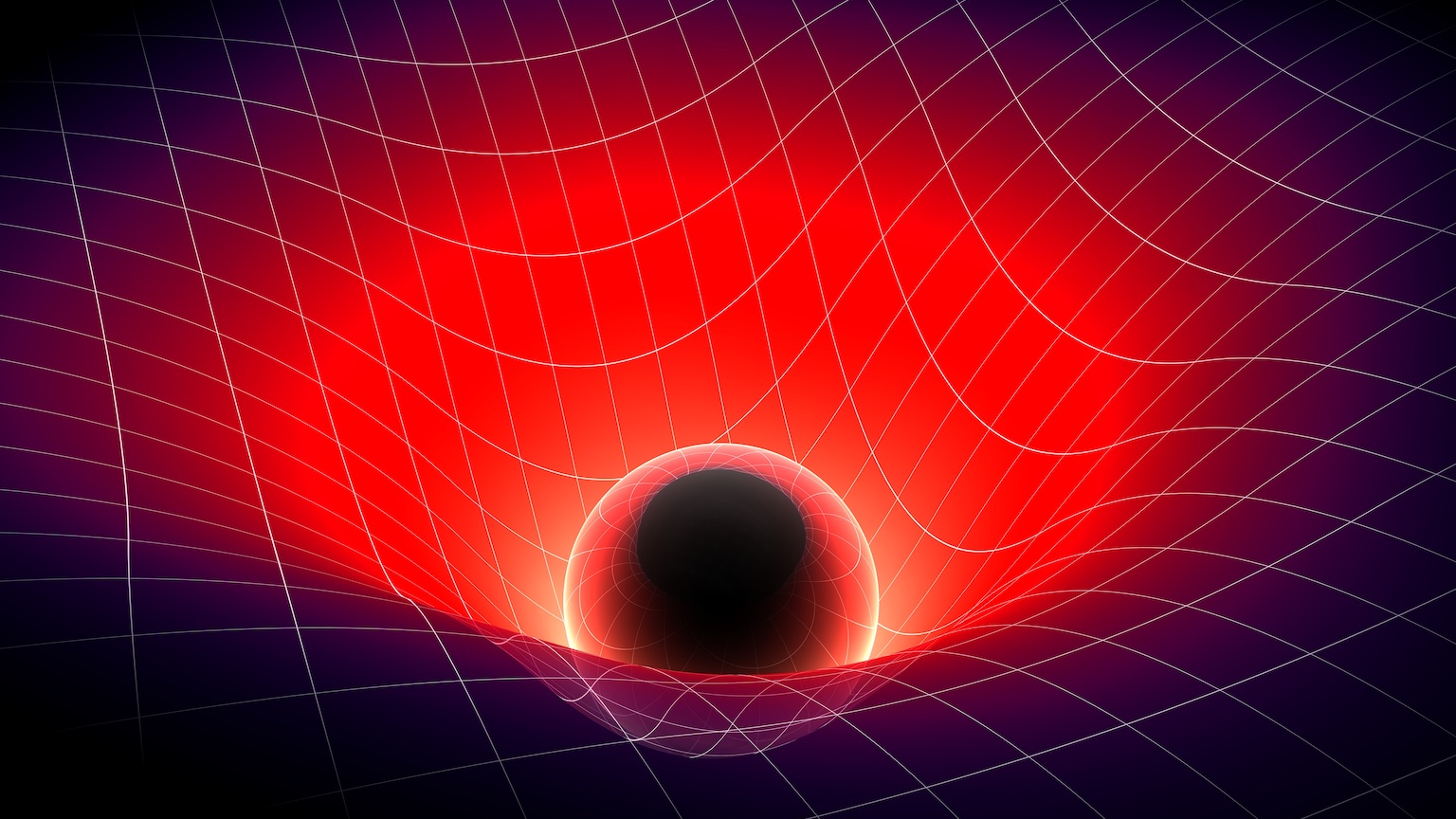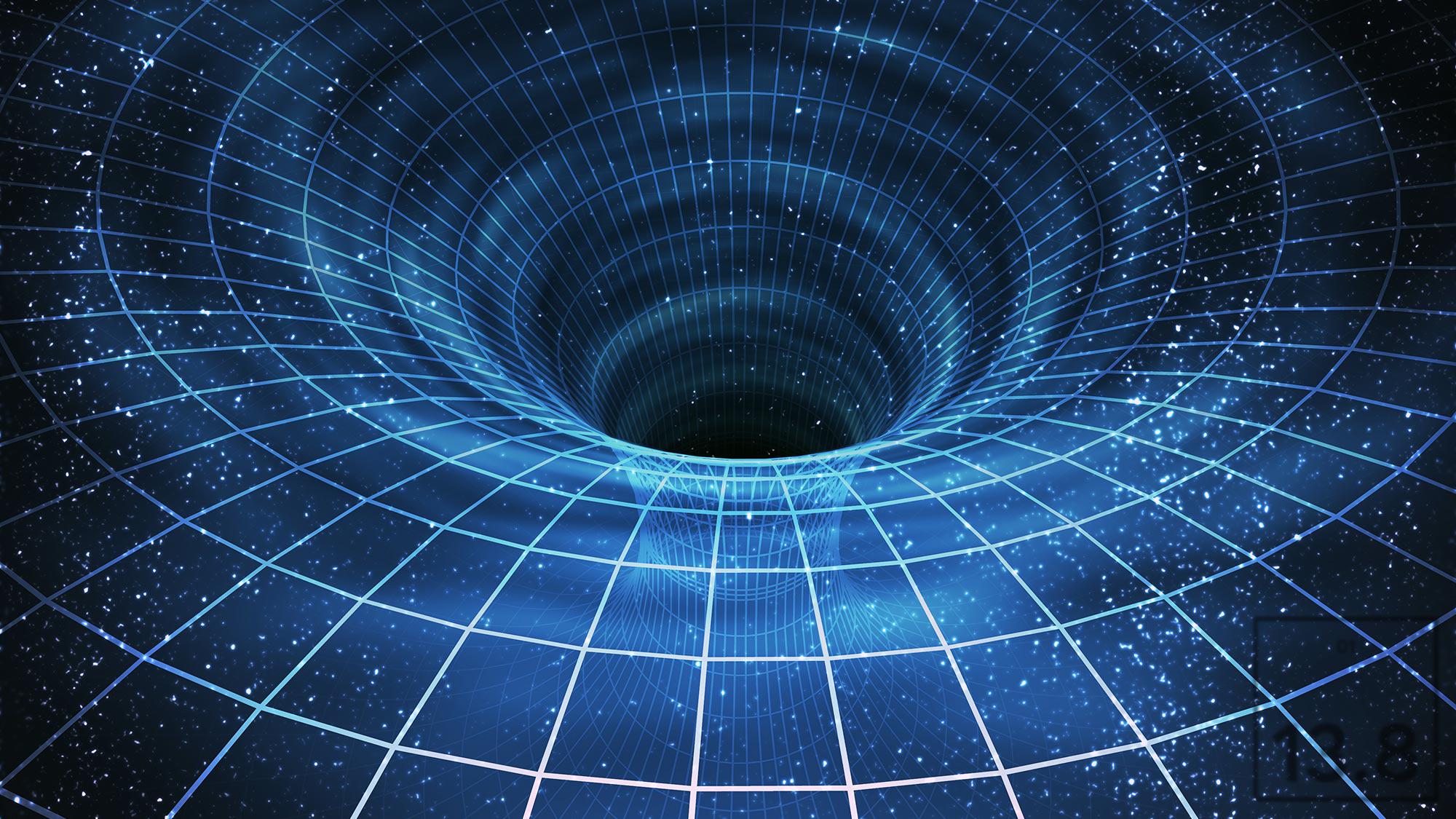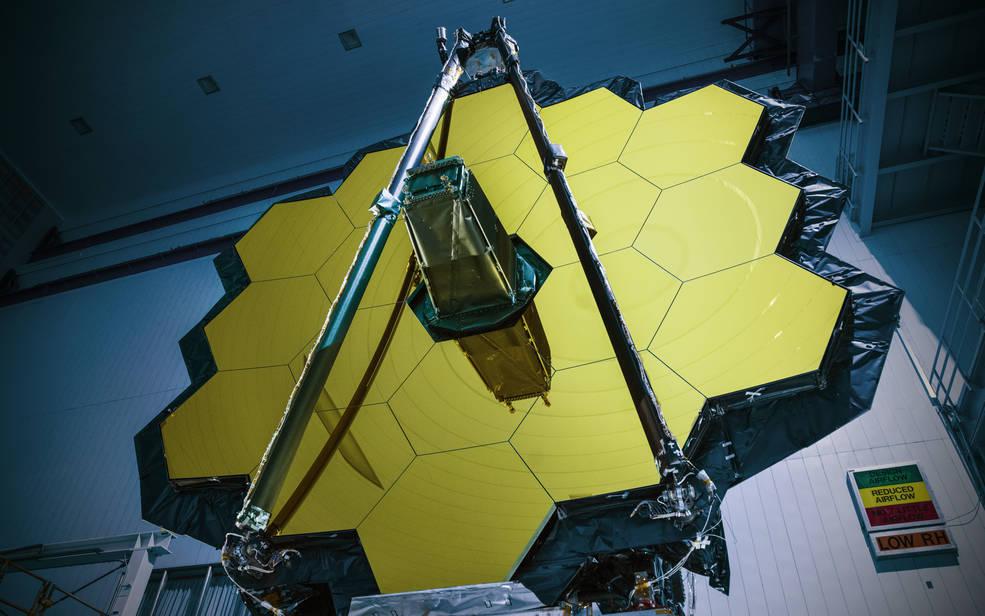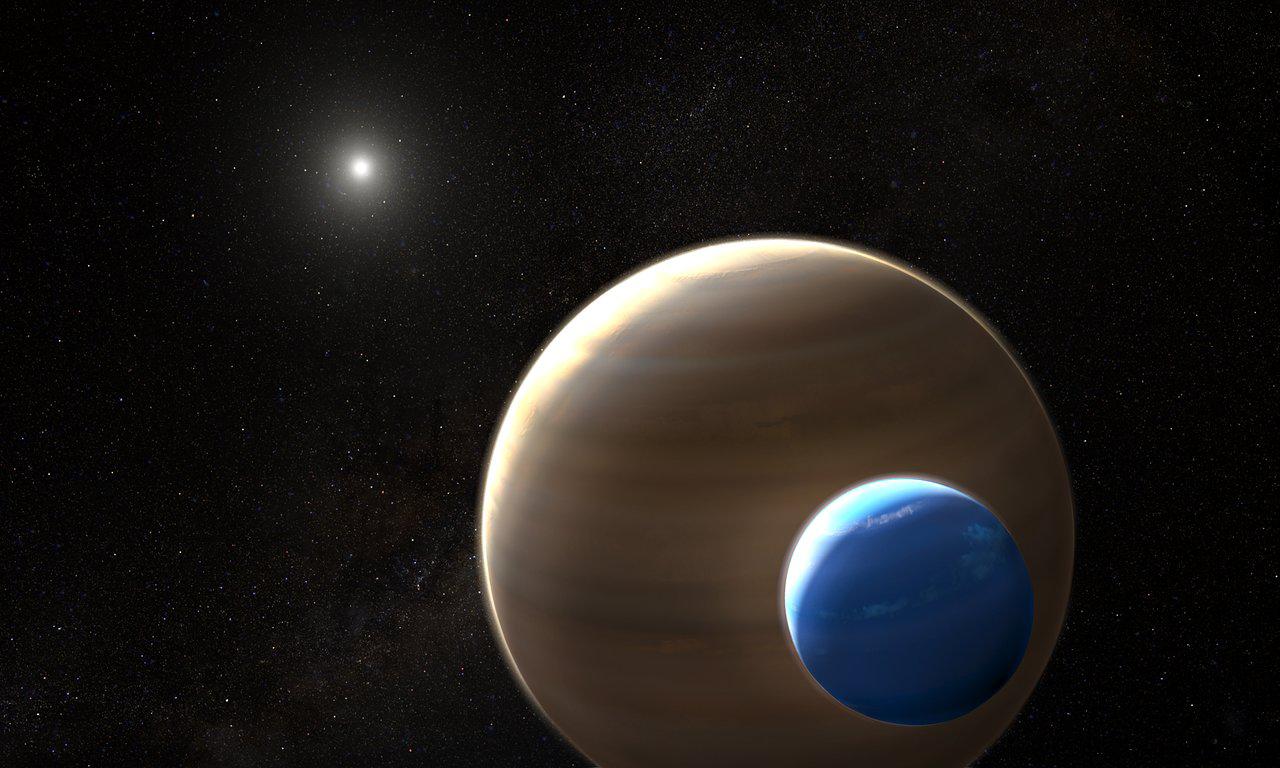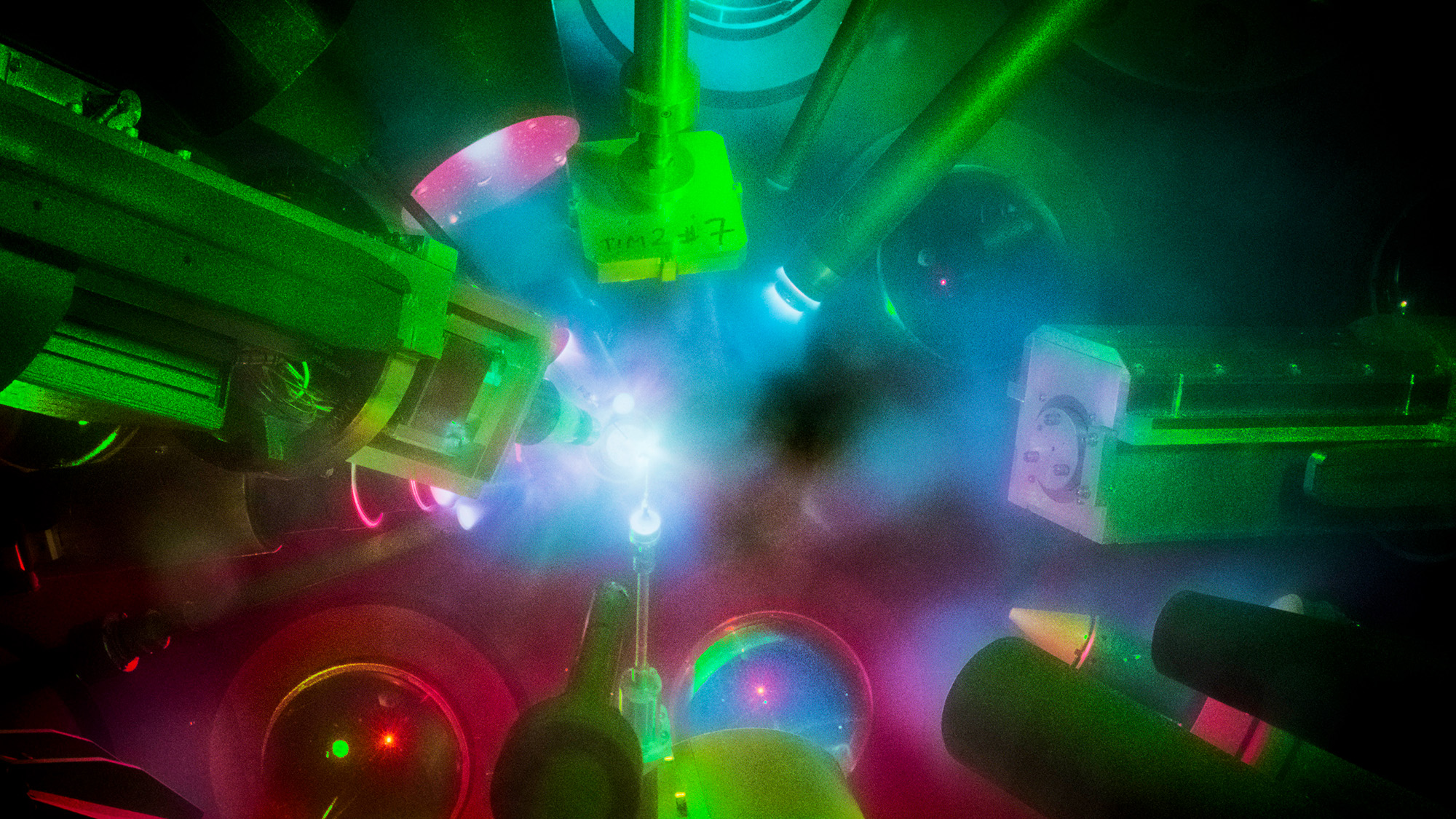Why seeing the Milky Way’s supermassive black hole is such a big deal
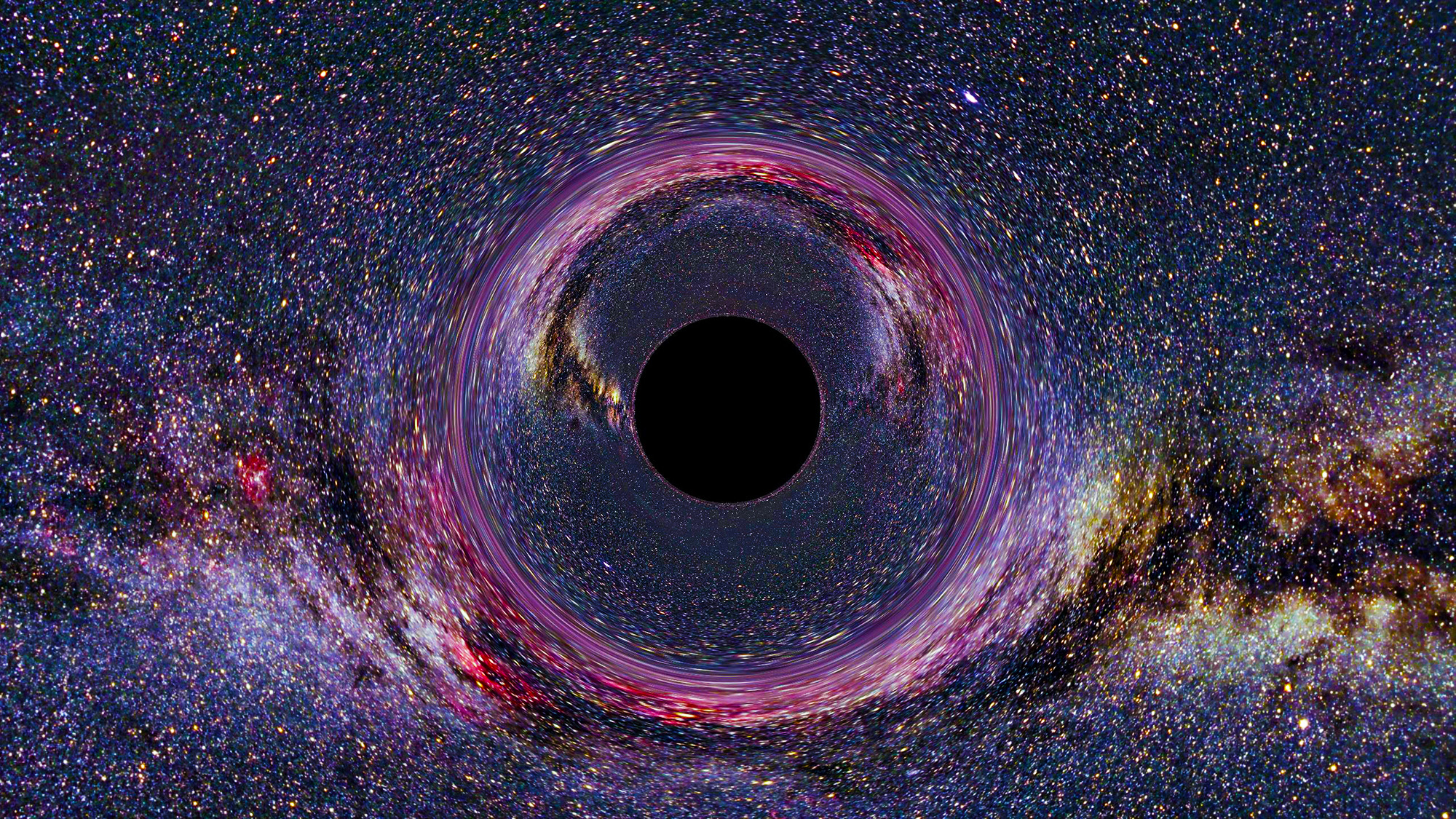
- Black holes are one of nature’s strangest creatures. They push the laws of physics to their limits, and we still don’t understand what goes on within them.
- For a long time, we have lacked the technical capabilities to capture an image of a black hole. They are too small and distant.
- That has begun to change thanks to a new imaging technique. If astronomers can capture the image of our own galaxy’s supermassive black hole, it will open a new window on black hole physics.
The astrophysics community is abuzz. On May 12 at noon, the Event Horizon Telescope collaboration will hold a news conference at which a major announcement will be made. I am writing this on May 9, and I don’t know what information will be shared, but the chatter among astronomers is that we are about to get a direct image of the black hole at the center of our galaxy.
Assuming this is the case, let me take this opportunity to tell you a little bit about the basics of black holes, and why this achievement would be such a big deal — and so very, very cool.
What makes black holes weird
Black holes are one of nature’s strangest creatures. They push the laws of physics to their limits, and at their center, those laws go belly-up like a bug dosed with Raid. A black hole will form any time a lot of matter gets jammed into a small space. This can happen when massive stars reach the end of their lives. Stars contain a lot of mass, which means they produce a lot of inward gravitational pull. Stars usually support themselves against their own weight by producing energy at their centers via nuclear fusion. The energy pushes outward, balancing their gravity. But when a star’s fusion fuel runs out, the crush of gravity wins.
For massive stars with many tens of times the mass of the Sun, no force can hold off the gravitational crush. All the matter in the star falls inward and gets squeezed down into a single geometric point.
That is when a black hole is born.
What makes black holes weird, and causes them to push physics to the edge, is what they do to space and time. Einstein, with his general theory of relativity, was the first to recognize that gravity is not a force, but actually a stretching of the fabric of spacetime.
After Einstein, we could no longer think of space as an empty stage on which the drama of physics plays out. Instead, space and time are the components of a single entity called spacetime. This entity is a kind of “thing” that will stretch and bend depending on how much mass-energy is around. (Yes, mass and energy are also no longer separate.)
All matter distorts the spacetime around it, creating a kind of well. Other mass, feeling the stretched spacetime, will fall into the well. Black holes take this phenomenon to the extreme.
When the matter at the center of a black hole gets squeezed into that single point, it forms what physicists call a singularity — basically, the density becomes infinite, and the stretching of spacetime becomes infinite, too. General relativity breaks down at the singularity, and no one knows what happens there. But general relativity also tells us that an event horizon forms around the singularity. This is a surface of no return. Anything that crosses the event horizon, even light, is forever cut off from the rest of the Universe as it heads toward the singularity.
Revolutionary imaging
Scientists have talked about black holes for nearly a century, but we have only recently been able to observe them, and even then indirectly — by looking at light that comes from the material swirling around the black hole’s event horizon. We simply have not had the technical capabilities to capture a direct image of an event horizon and see exactly what is happening at the point of no return. That is because black holes are really small. The Sun has too little mass to ever become a black hole. But if it did, its event horizon would be just a mile or so across. That means stellar mass-sized black holes at typical stellar distances are too small to see, even with the best telescopes. Luckily, black holes come in another flavor.
At the center of most galaxies, matter gets funneled inward, creating what are called supermassive black holes. These things are monsters. They can be billions of times more massive than the Sun. That means their event horizons are also billions of times bigger. In 2017, astronomers linked a bunch of radio dishes across the planet to create an Earth-sized telescope. Using this tool, they captured an image of the supermassive black hole in the galaxy M87. It was a technological tour de force. It showed us an event horizon silhouetted against the light emitted by surrounding material, and bent into a ring-shaped arc. The details of that arc held all kinds of information about the black hole, allowing astronomers to test general relativity in new and exciting ways.
Now it appears the same team has imaged the supermassive black hole at the heart of our own galaxy. Why didn’t they just go for the Milky Way’s black hole to begin with? Because for reasons that are not clear, it is pretty wimpy as these go, coming in at just a few million times the mass of the Sun. That makes it much smaller and harder to see. But because it is so much closer, if astronomers really have captured its image, we may be about to open the next big window on black hole physics.
I’m hoping that is what we’re going to see on Friday. (Editor’s note: It was!)
